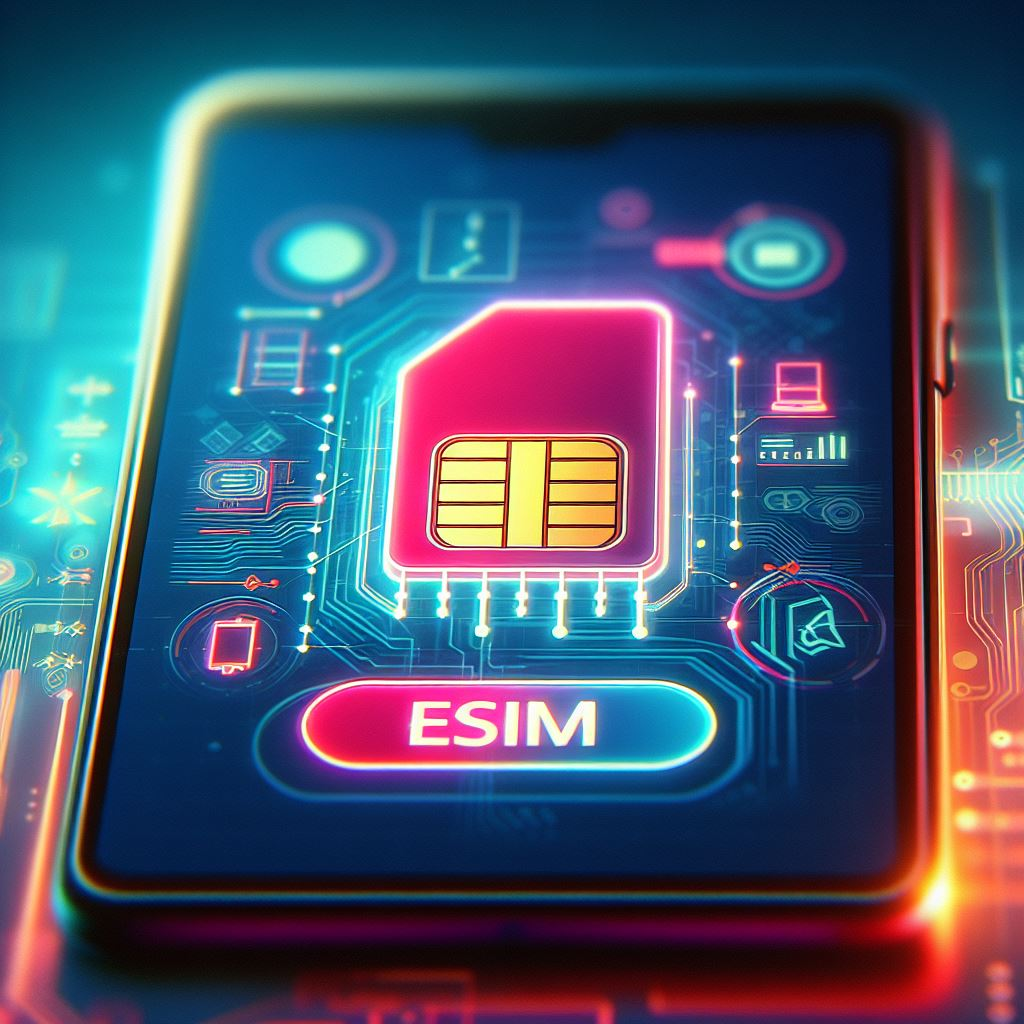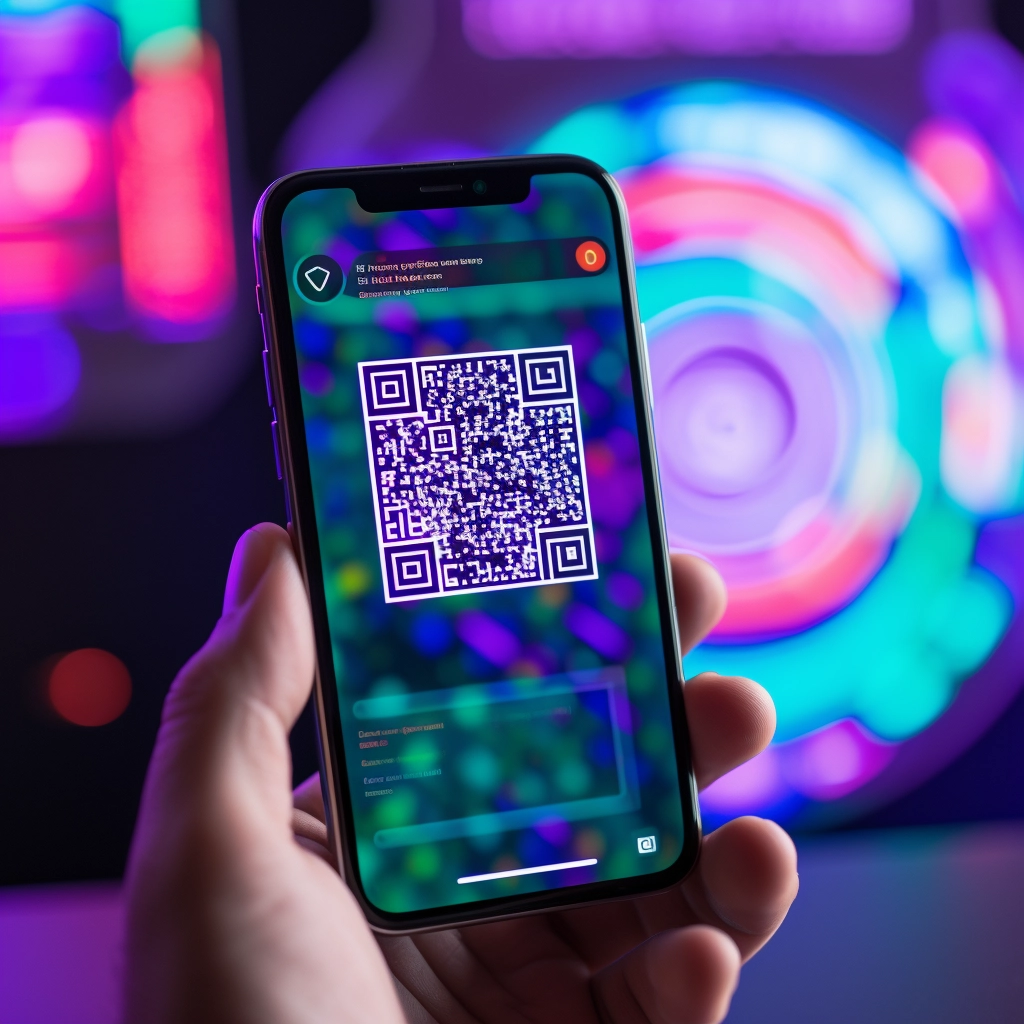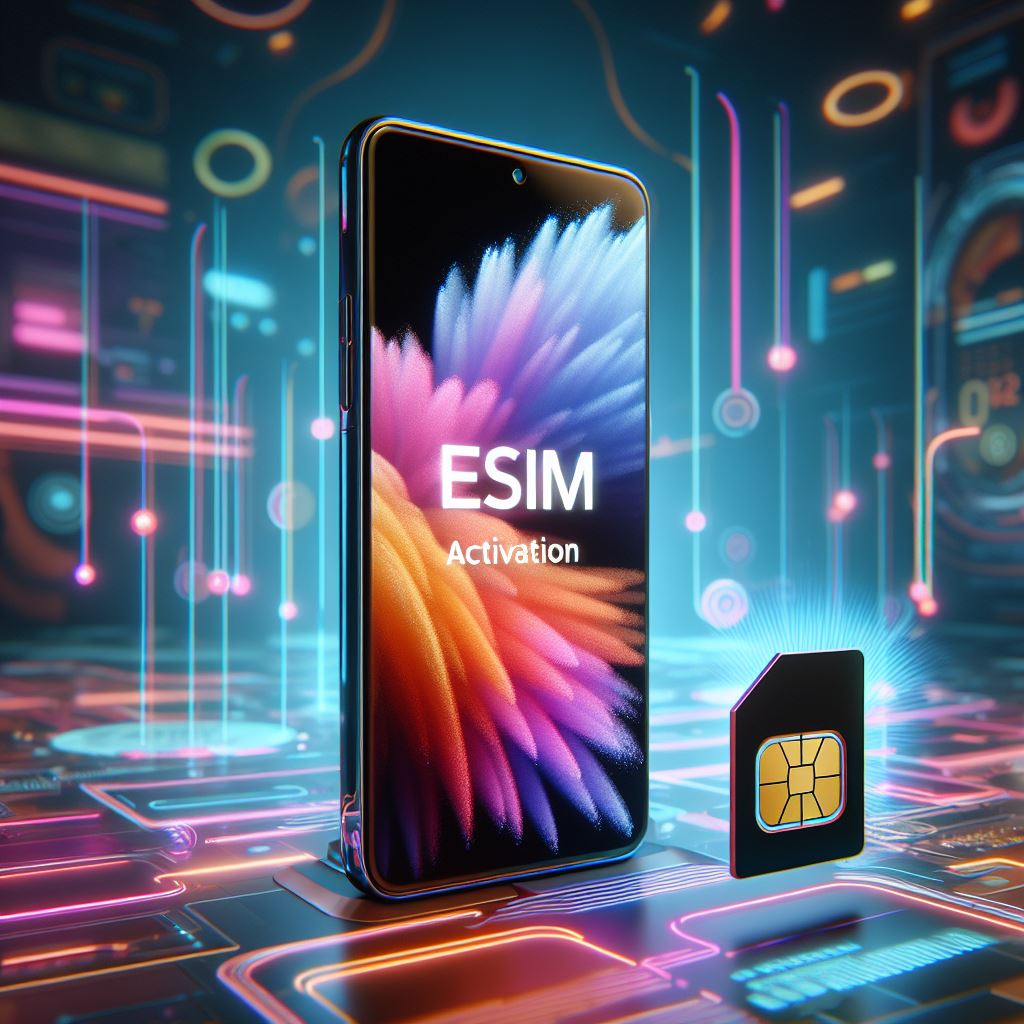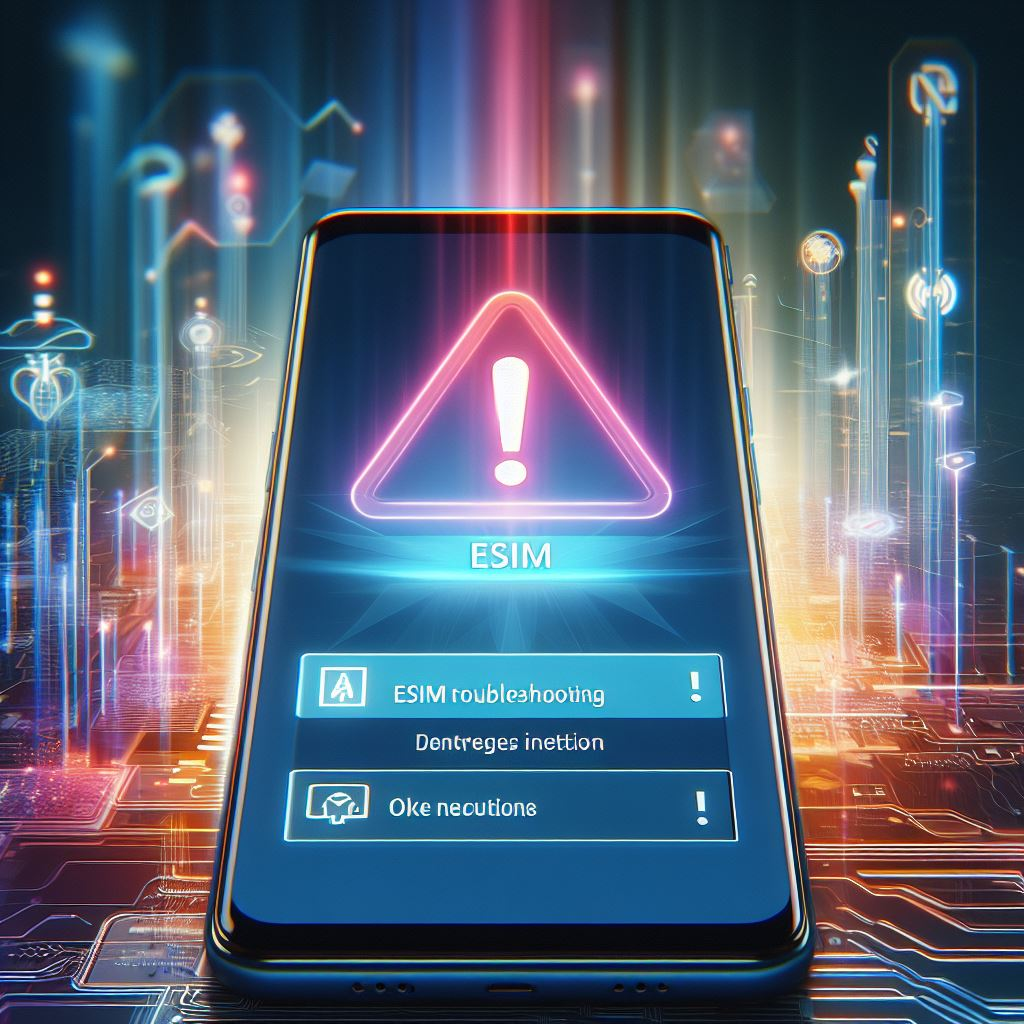Unlocking Connectivity: A Comprehensive Guide to Using eSIM on Android Devices
Published by
Dec 6 2023

Grasping eSIM Technology on Android Devices

Step into the world of seamless connectivity.
eSIM, also known as embedded SIM or electronic SIM, is an innovative feature that is gaining popularity among Android users. Unlike traditional physical SIM cards, eSIM is a software-based solution that eliminates the need for any physical card insertion. The eSIM is embedded within the device itself, allowing users to enjoy the benefits of using multiple mobile networks without the hassle of switching SIM cards. This revolutionary technology has opened up new possibilities for Android users, providing greater flexibility and convenience in managing their mobile connections.
The Benefits of Using eSIM on Android Smartphones
eSIM technology offers several advantages for the users of Android smartphones. Firstly, it eliminates the need for a physical SIM card, allowing users to switch between different mobile carriers seamlessly. This is especially beneficial for frequent travelers who no longer have to deal with the hassle of buying and inserting new SIM cards whenever they visit a new country.
Secondly, eSIMs provide flexibility and convenience. Users can activate their eSIMs remotely through a carrier’s app or website, without the need to visit a physical store or wait for a SIM card to be delivered. This means that users can quickly and easily switch to a different mobile plan, depending on their specific needs, without any disruptions in service.
In addition, eSIMs also save space inside the device, as there is no physical SIM slot required. This allows for sleeker and more compact phone designs, offering a greater screen-to-body ratio. Moreover, without a physical SIM card, the risk of damaging or losing the card is eliminated, ensuring a more secure and reliable connection.
Overall, the benefits of using eSIM on Android smartphones are clear: it provides flexibility, convenience, and eliminates unnecessary physical components. With the increasing adoption and compatibility of eSIM technology, it is expected to become the new standard for mobile connectivity in the future.
Which Android Devices are eSIM compatible?

Discover the eSIM revolution: A lineup of top Android devices supporting this cutting-edge technology.
The integration of eSIM technology has become a notable feature in many Android devices, contributing to a more flexible and efficient mobile experience. Among the leading models embracing this advancement are Google Pixel smartphones, renowned for their clean Android experience and consistent software updates. Users of Google Pixel devices can leverage eSIM technology to conveniently activate and manage their mobile plans digitally, eliminating the need for a physical SIM card.
Samsung devices also stand out in the Android ecosystem with eSIM compatibility, providing users with the flexibility to use multiple mobile plans on a single device. This feature caters to the evolving needs of users who seek seamless connectivity options.
Additionally, various other Android manufacturers, including Huawei, Sony, and Motorola, have incorporated eSIM support into their devices, showcasing the widespread adoption of this technology across the Android ecosystem.
Ensuring Compatibility: How to Check if Your Android Device Supports eSIM
To ensure that your Android device is compatible with eSIM technology, there are a few steps you can take. Begin by checking with your device manufacturer to determine if the specific model is compatible with eSIM functionality. While many major manufacturers, including Samsung, Google, Huawei, and Motorola, have integrated eSIM capability into their smartphones, it’s crucial to double-check this information to avoid any misconceptions.
Once you confirm that your device supports eSIM, you can proceed to check the settings menu on your Android device. Look for a section labeled “SIM & Network” or something similar. Within this section, you should see an option to add or manage an eSIM. If this option is available, congratulations! Your device is compatible with eSIM technology. If not, it may be necessary to consider other options or upgrade to a newer device that supports eSIM functionality.
QR Code to Activate and Install eSIM on Your Android Device

Unlocking the future: Scan the QR code to effortlessly activate eSIM on your Android device.
Once you’ve verified that your Android device is eSIM-compatible, proceed with the activation and installation process. Begin by reaching out to your mobile service provider and requesting an eSIM activation code. They will supply you with the necessary information, which may include an eSIM QR code provided, or a numerical activation code.
Next, open your device’s settings and navigate to the “Network & internet” menu or “Connections” section. Look for the “SIM cards” or “Mobile networks” option and click on it. Here, you should see an option to add an eSIM. Choose this option and follow the prompts to scan the QR code with your camera app or enter the activation code provided by your mobile service provider. Once the eSIM is successfully added, you can activate it and start using it for your mobile data and voice services.
Activating and installing eSIM on your Android device may vary slightly depending on the device model and Android version. If you encounter any difficulties during the process, it is recommended to refer to your device’s user manual or contact the carrier’s customer support for assistance.
Activating an eSIM Profile Through a Carrier App
Activating an eSIM profile through a carrier app offers a streamlined and user-friendly experience for modern smartphone users. Once the eSIM-compatible device is in your hand, you can download your carrier’s designated app from the app store. Upon launching the app, you typically find a dedicated section or option specifically for eSIM management. The carrier app guides you through the activation process, providing step-by-step instructions to scan the eSIM QR code or enter the required numerical code. This approach eliminates the need for physical SIM cards and simplifies the onboarding process for you, looking to enjoy the benefits of eSIM technology.
Additionally, carrier apps often offer you the flexibility to manage multiple eSIM profiles, switch between data plans seamlessly, and monitor usage, enhancing the overall control and convenience of your mobile connectivity.
The activation through a carrier app not only ensures a hassle-free onboarding process but also empowers you to take control of your connectivity preferences. This digital activation method aligns with the growing trend of mobile carriers embracing technological advancements to enhance the user experience. By offering a user-friendly interface and clear instructions, carrier apps contribute to the accessibility of eSIM technology, making it more convenient for you to adopt and manage your eSIM profiles with ease.
Exploring the Process of Switching from a Physical SIM Card to eSIM

Unlocking the future: Discover the straightforward process of switching to eSIM from a physical SIM card.
Exploring the process of switching from a physical SIM card to eSIM unveils a transformative journey in the realm of mobile connectivity. The shift to eSIM technology marks a departure from the conventional practice of inserting a physical SIM card into your device. The process typically begins by contacting your mobile carrier to initiate the transition. Once the request is approved, users receive an activation code or QR code, which serves as the gateway to unlocking the eSIM’s capabilities. By scanning the QR code or entering the provided numerical code, your device seamlessly adopts the eSIM profile, eliminating the need for a physical card and allowing you to enjoy the advantages of this modern connectivity solution.
This evolution in connectivity brings forth not only a reduction in physical clutter but also enhanced flexibility for users. With eSIM, managing multiple profiles becomes effortless, enabling users to switch between data plans or carriers without the need for physical card swaps. The convenience of exploring this process lies in its simplicity and adaptability, as users embrace the future of mobile connectivity through the seamless integration of eSIM technology, marking a pivotal step towards a more streamlined and user-centric mobile experience.
eSIM vs Physical SIM: Which is Better for Your Android Phone?
When it comes to choosing between eSIM and physical SIM for your Android phone, there are certain factors to consider. Both options have their own advantages and disadvantages, which vary depending on your specific needs and usage patterns.
As we discussed earlier, one of the main benefits of using eSIM on your Android phone is its flexibility and convenience. With an eSIM, you can easily switch between different mobile networks without the need to physically swap SIM cards. This can be particularly useful when traveling abroad or when your primary network experiences service issues. Additionally, since eSIMs are embedded within the device, there is no risk of misplacing or damaging the physical SIM card.
On the other hand, physical SIM cards have their own advantages. They offer wider compatibility with a larger number of devices, including older models that may not support eSIM technology. Physical SIM cards also provide the option of having multiple SIM cards in a single handset, which can be useful for individuals who need to maintain separate personal and work phone numbers. Furthermore, physical SIM cards allow for easier transfer of contacts and data between devices, as they can be easily placed into different phones.
Troubleshooting Common Issues with eSIM on Android Devices

Empower your device: Explore our comprehensive guide on troubleshooting eSIM issues for an optimized Android experience.
One of the common issues that users may face with eSIM on Android devices is difficulty in activating or installing the eSIM card. This can occur due to various reasons such as incompatible device software or incorrect network settings. To troubleshoot this issue, it is recommended to ensure that your Android device supports eSIM technology. You can check this by going to the device settings, navigating to the Network & Internet section, and looking for the eSIM option. If the option is not available, it means that your device does not support eSIM.
Another issue that users may encounter is connectivity problems with the eSIM. This can manifest as intermittent network signal or complete loss of signal. To resolve this issue, it is important to ensure that your device is properly connected to a compatible mobile network. You can do this by going to the device settings, selecting the Network & Internet option, and choosing the eSIM settings. From there, you can select the desired mobile network provider and try connecting to it. If the issue persists, it is recommended to restart the device or contact your network provider for further assistance.
How to Connect to Different Mobile Networks Using eSIM on Android
To connect to different mobile networks using eSIM on your Android device, you need to follow a few simple steps. First, ensure that your device has an eSIM capability and that it is activated by your mobile carrier. Once activated, go to the settings menu on your Android device and select the “Network & Internet” option. From there, choose the “Mobile networks” or “SIM card & mobile data” option, depending on your device’s settings.
Next, tap and select the eSIM option and you will be presented with a list of available mobile networks that you can connect to. Simply tap and choose the network that you want to connect to and follow any additional prompts or instructions provided. Once connected, your Android device will automatically switch to the chosen network, allowing you to enjoy seamless connectivity wherever you go.
Remember, that connecting to different mobile networks using eSIM on your Android device offers a range of benefits. Firstly, it provides you with the flexibility to switch between networks without having to physically change your SIM card. This is particularly useful when traveling internationally, as you can easily connect to a local network and avoid exorbitant roaming charges.
Additionally, eSIM technology allows you to have multiple network profiles on a single device, making it ideal for individuals who have both personal and work-related mobile subscriptions. By following these simple steps, you can harness the power of eSIM technology to stay connected to different mobile networks with ease.
Exploring the Future of eSIM Technology on Android Devices

Unveiling tomorrow: Witness the futuristic realm of Android devices as eSIM technology takes center stage.
The future of eSIM technology on Android devices holds great promise for users seeking convenience and flexibility. As eSIM technology continues to evolve and gain popularity, Android smartphone manufacturers are increasingly integrating this feature into their devices. This means that more and more Android phone users will have the option to switch to eSIM, eliminating the need for physical SIM cards and simplifying the process of connecting to different mobile networks.

